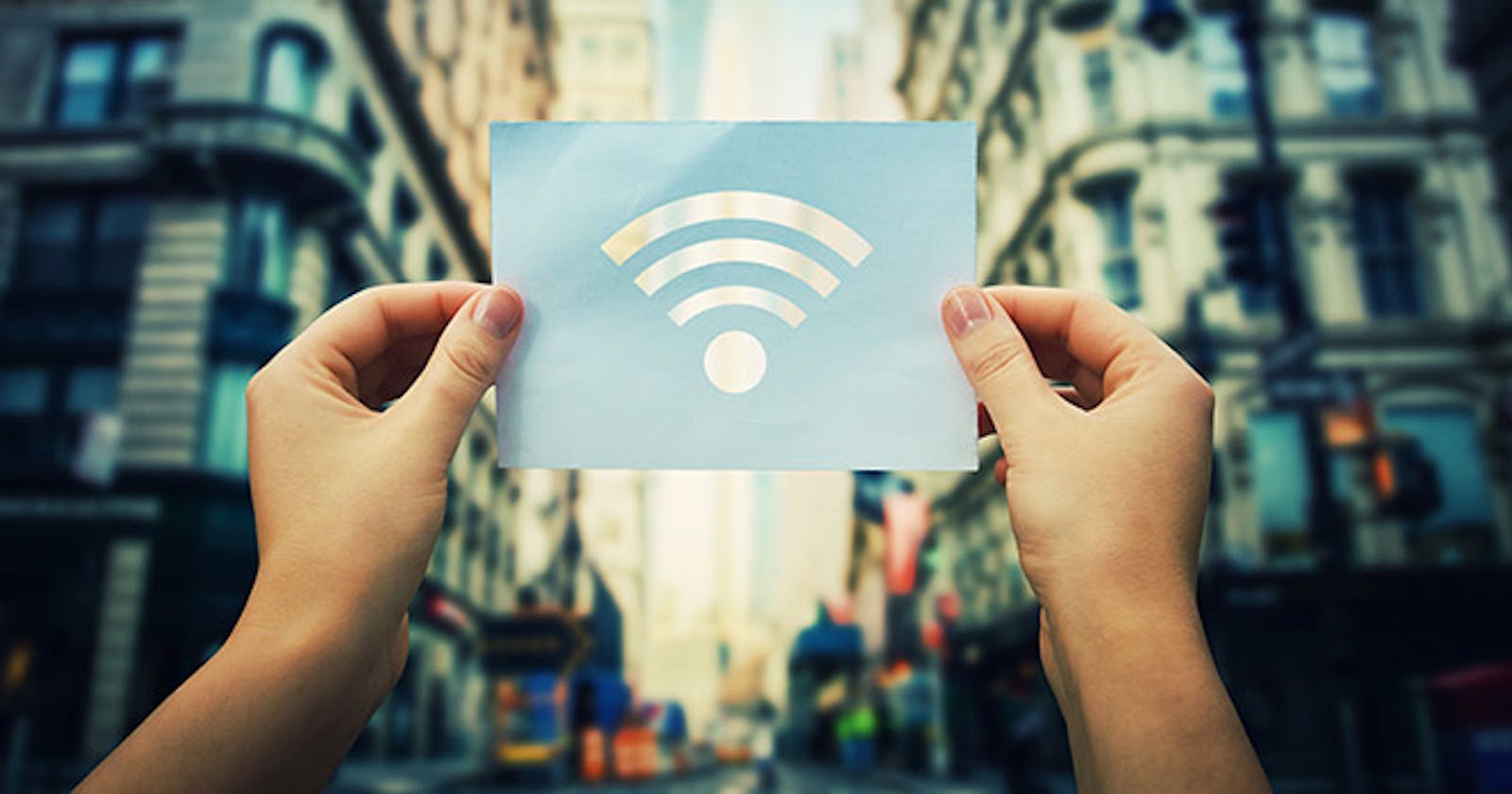Table of contents
- Introduction
- 1. Understanding the Risks of Public WiFi
- 2. Use a Virtual Private Network (VPN)
- 3. Keep Your Devices Updated
- 4. Disable Automatic WiFi Connections
- 5. Utilize Secure Websites and Encrypted Connections
- 6. Enable Two-Factor Authentication (2FA)
- 7. Be Cautious of Phishing Attempts
- 8. Disable File Sharing and AirDrop
- 9. Use a Firewall
- 10. Stay Informed and Educated
- Conclusion
Introduction
In today's interconnected world, public WiFi has become an integral part of our daily lives. Whether we're grabbing a cup of coffee at a local café or waiting for a flight at the airport, public WiFi networks offer us the convenience of staying connected on the go. However, these networks also pose significant security risks. In this comprehensive guide, we will explore the potential dangers associated with public WiFi and provide you with valuable insights on how to protect yourself from these security threats. By following the expert tips and best practices outlined in this article, you can ensure your online safety while enjoying the benefits of public WiFi.
1. Understanding the Risks of Public WiFi
Before diving into the preventative measures, it's crucial to comprehend the risks associated with using public WiFi networks. Hackers and cybercriminals often exploit vulnerabilities in these networks to gain unauthorized access to users' sensitive information. These risks include but are not limited to:
Man-in-the-Middle Attacks
Malware Infections
Rogue WiFi Networks
Eavesdropping
Password Sniffing
2. Use a Virtual Private Network (VPN)
One of the most effective ways to secure your connection when using public WiFi is by utilizing a Virtual Private Network (VPN). A VPN encrypts your internet traffic, making it nearly impossible for hackers to intercept and decipher your data. By connecting to a VPN server, you create a secure tunnel between your device and the websites or services you access. This added layer of encryption ensures that your sensitive information remains private and inaccessible to malicious actors.
3. Keep Your Devices Updated
Regularly updating your devices is crucial to maintaining strong security. Manufacturers often release software updates to fix security vulnerabilities that could be exploited by cybercriminals. By keeping your operating system, apps, and antivirus software up to date, you ensure that you have the latest security patches and safeguards against potential threats.
4. Disable Automatic WiFi Connections
To minimize the risk of inadvertently connecting to a malicious network, it is advisable to disable automatic WiFi connections on your devices. While automatic connections may be convenient, they can also expose you to potential security breaches. By manually selecting and connecting to trusted networks, you have greater control over your online safety.
5. Utilize Secure Websites and Encrypted Connections
When accessing sensitive information, such as online banking or entering personal details, ensure that the websites you visit use secure connections. Look for the padlock symbol in the browser's address bar and verify that the URL starts with "https://" instead of "http://". The "s" in "https" signifies that the connection is encrypted, adding an extra layer of security.
6. Enable Two-Factor Authentication (2FA)
Enabling Two-Factor Authentication (2FA) adds an additional layer of protection to your online accounts. With 2FA, you will be required to provide a second form of verification, such as a unique code sent to your mobile device, in addition to your password. This extra step significantly reduces the chances of unauthorized access even if your password is compromised.
7. Be Cautious of Phishing Attempts
Phishing is a common tactic used by cybercriminals to trick individuals into revealing their sensitive information. Exercise caution when clicking on links or downloading attachments from unknown sources while connected to public WiFi networks. Be vigilant for suspicious emails, messages, or pop-up windows that may attempt to deceive you into disclosing personal details.
8. Disable File Sharing and AirDrop
To maintain optimal security on public WiFi networks, it is advisable to disable file sharing and AirDrop features on your devices. These features can unintentionally expose your device to unauthorized access or file transfers from other users connected to the same network.
9. Use a Firewall
Activating a firewall on your device is an essential step in enhancing your overall security. A firewall acts as a barrier between your device and the network, monitoring and controlling incoming and outgoing network traffic. By enabling a firewall, you can block unauthorized connections and potentially harmful traffic.
10. Stay Informed and Educated
The world of cybersecurity is ever-evolving, with new threats and techniques emerging regularly. To stay ahead of the game, make it a habit to stay informed about the latest security trends and best practices. Regularly follow reputable sources, attend webinars or workshops, and educate yourself on the latest techniques used by cybercriminals. The more you know, the better equipped you'll be to protect yourself from potential security risks.
Conclusion
While public WiFi offers convenience and connectivity, it also exposes users to various security risks. By following the tips outlined in this guide, you can significantly reduce the chances of falling victim to cyberattacks and keep your sensitive information secure. Remember to use a VPN, keep your devices updated, be cautious of phishing attempts, and stay informed about the latest security measures. By taking these proactive steps, you can enjoy the benefits of public WiFi without compromising your online safety. Stay vigilant and protect yourself from the lurking dangers of public WiFi.

